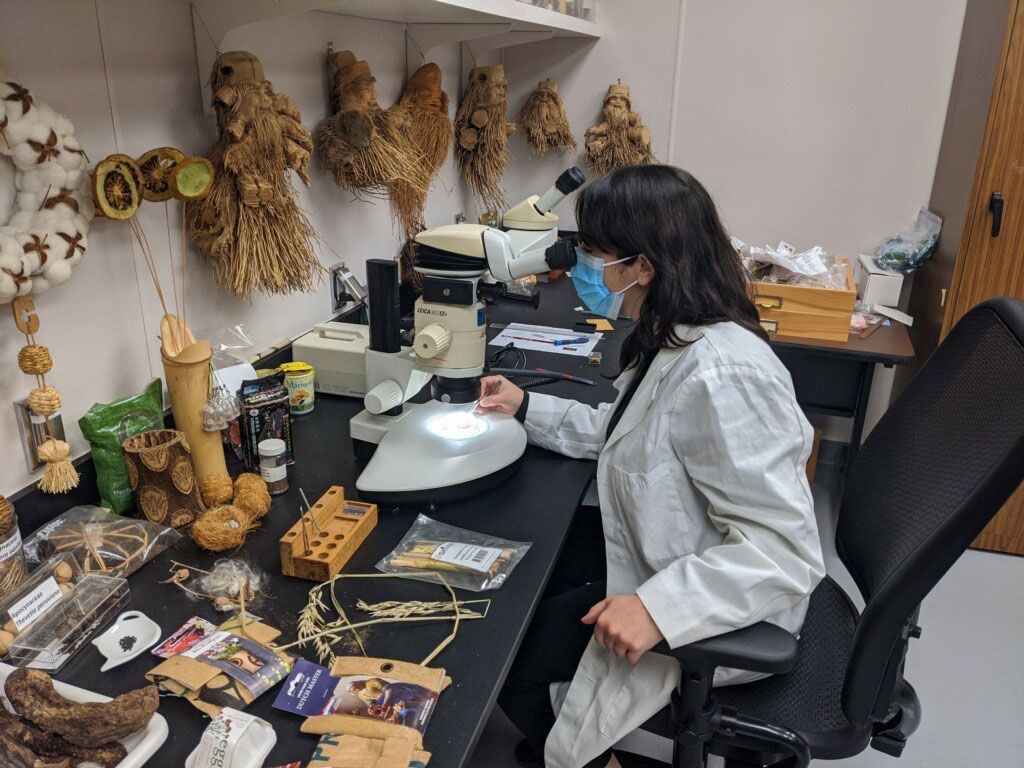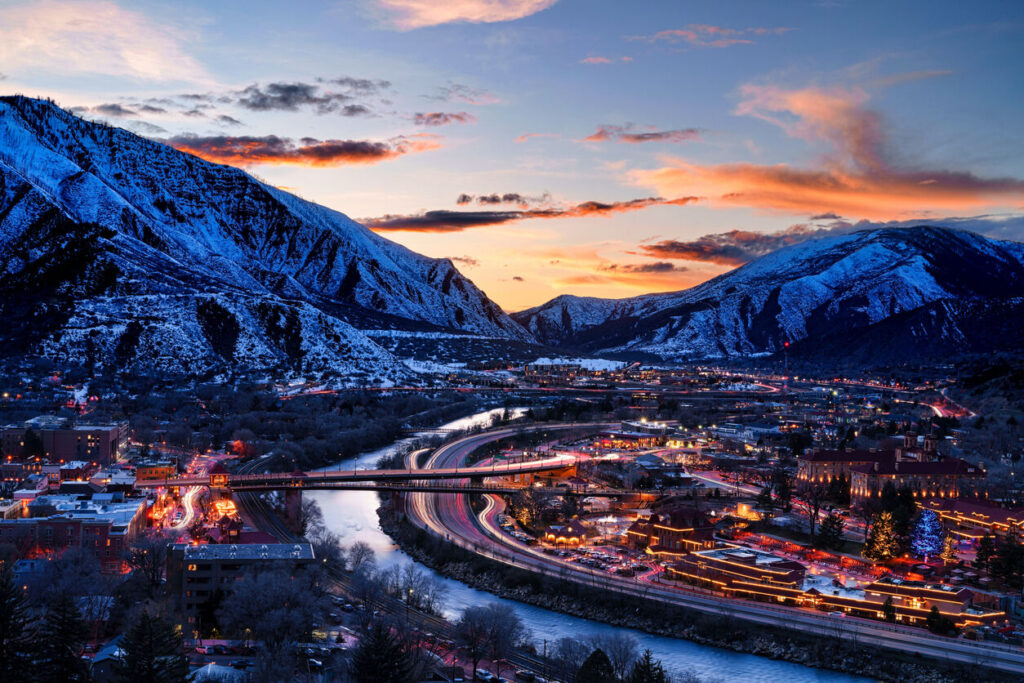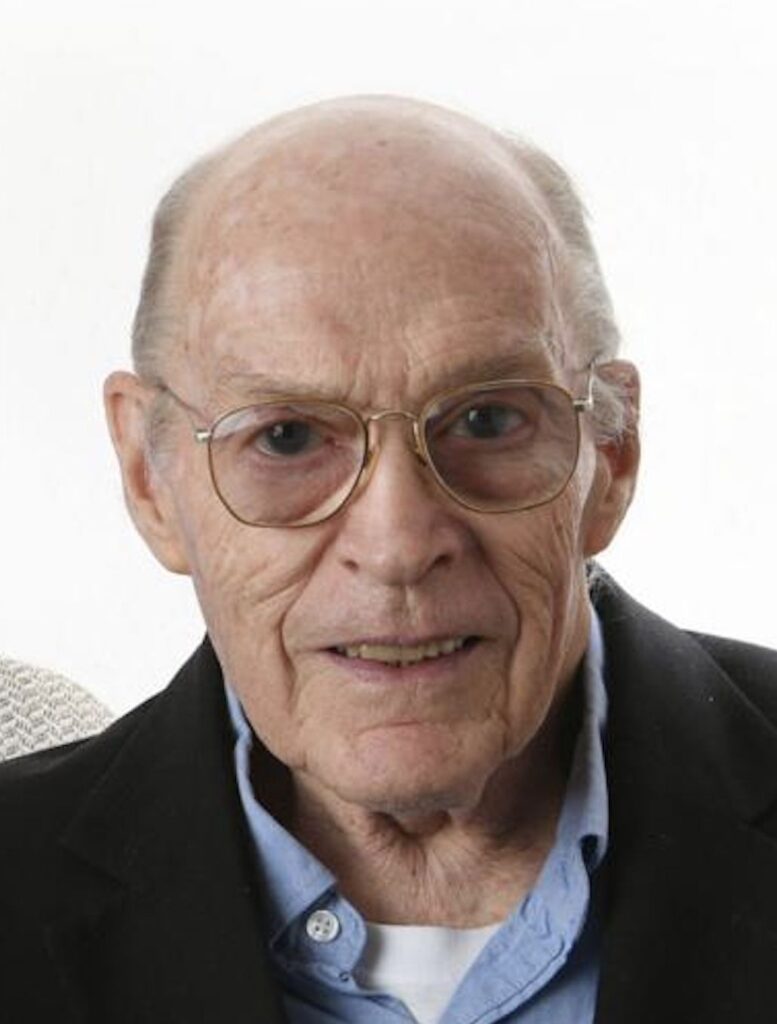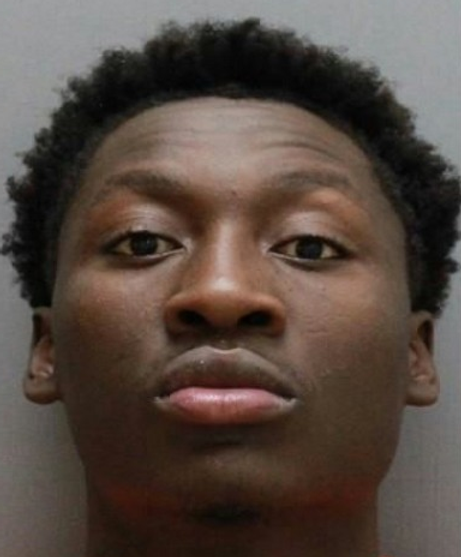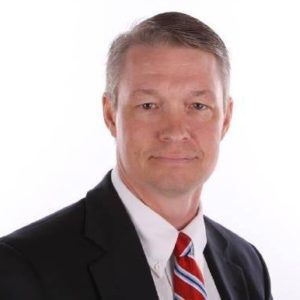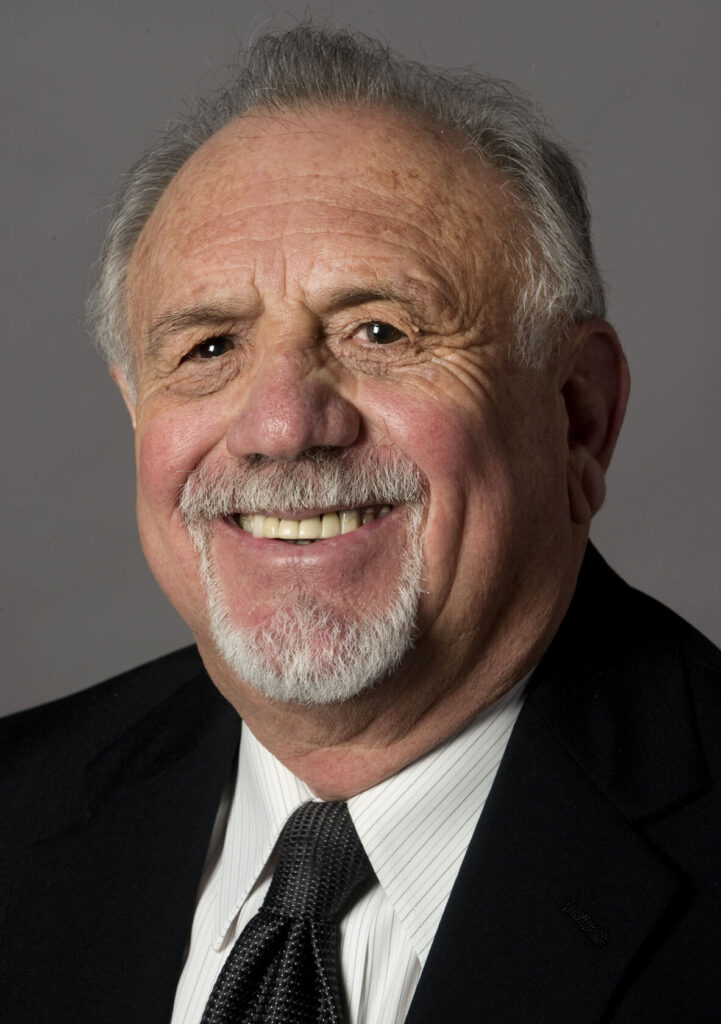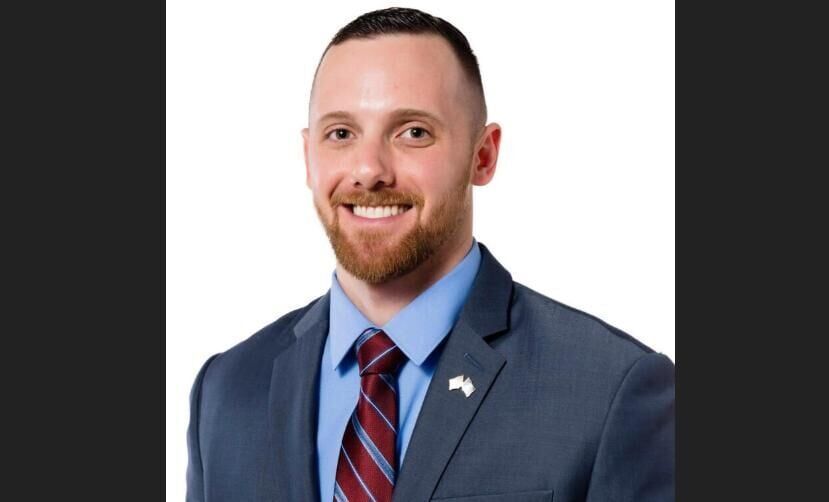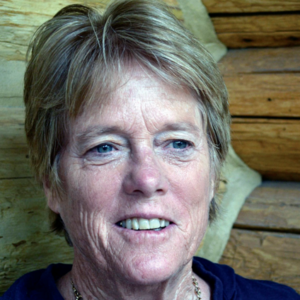A Colorado ranching legacy further reaching than any executive order | GABEL
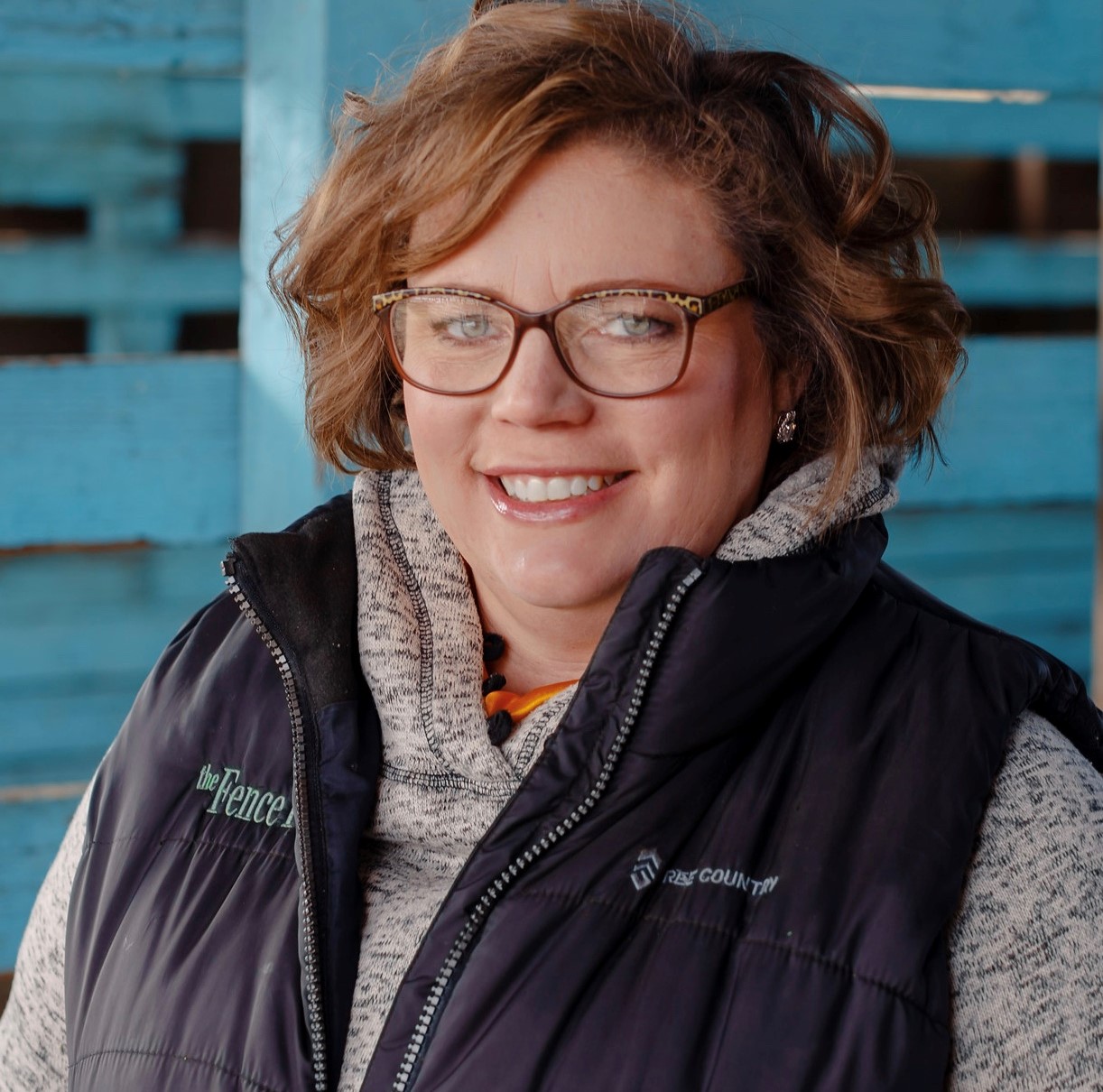
Often referred to only as “Dan” or “Our Dan” by the media at the time, photos and articles about former Gov. Dan Thornton were mainstays in the state newspapers in the 1950s. He was Colorado’s own Gipper, born in California, educated in Texas and a West Slope cattleman who entered politics and served as governor from 1951 to 1955.
Thornton began his leadership training in 4-H, where so many kids do. He found great success at the county level and was eventually elected president of the Lubbock chapter and then the Texas State 4-H president. Football led him to California by way of UCLA, and he earned a living by operating a filling station. When he caught the eye of a talent scout, he signed an acting contract and became friends with Harry Warner of Warner Brothers Studio. Neither football nor acting held a candle to cattle ranching, so with his bride, Jessie Willock, at his side, the two embarked on what became a rags-to-riches story.
Thornton worked in the oil fields and was able to purchase a rundown ranch in Arizona, along with a few head of cattle. He had an eye for genetics and a heart for Hereford cattle and built his herd, borrowing $35,000 from Jessie’s father, steel magnate of American Steel Package Company. Thornton kept a plane and pilot to fly around the country purchasing the kind of cattle he envied as a 4-H kid in Lubbock. In January of 1945, as told in a Time magazine spread titled Range Royalty, the Brown Palace Hotel was prepared and seemed to be awaiting royalty. A curious mink-draped woman asked a bellhop who they were expecting. The bellhop reportedly grinned and told her, “A $50,000 bull.” She snapped and admonished him to not be nasty. Then, as has become custom at the Brown Palace in January, TT Regent walked up the red carpet, every pound the star. Thornton, with his signature Stetson and pipe, raised the bull and sold him to Edward F. Fisher of Detroit and Richard C. Riggs of Catonsville, Maryland.
The record-breaking sales stemmed from Thornton’s marketing efforts. A booklet titled “Parade of the Triumphant Type” included photos of the cattle bound for the NWSS and, according to R.L. Preston’s biography, invited cattlemen “to study carefully the individual excellence and the breeding of Thornton’s Triumphant Type Herefords entered into the Hereford sale.” Ahead of hauling 20 head of cattle and a large crew including his ranch manager, Jim Sanders, herdsman Bobby Edward, Jim Watt, Cad Jones and Mitchell Munis, Thornton also took out 14 pages of ads in the Rocky Mountain News, inviting all to the National Western.
Many of Thornton’s cattle went back to the DeBerard & Reagor Ranch in Toponas, and the Wyoming Hereford Ranch herd owned by Bob Lazear. Lazear’s Domino line had a profound influence on the Hereford breed and continues to appear on registration papers from the American Hereford Association.
That year, Thornton, now ranching in Gunnison, took home $200,000 in cattle sales from Denver. It was a fitting introduction to the Thornton’s decade-long ranching career. When the herd was dispersed in 1955, the 416 head fetched an average price of $2,305.
As governor, Thornton established the Air Force Academy, the Denver Boulder Turnpike, increased advertising of the state, and significant municipal and industrial development. He was often criticized as an absentee governor, spending much time in Hollywood and Washington. According to state archives, Thornton was the first to propose the school reorganization act, attempted to develop a parole program with rehabilitation at its core, and implemented the long-range highway plan as devised by future Gov. Stephen McNichols. His influence on the continuance of a 20% reduction in state income tax, while securing his reelection, created a legacy of debt for him, however. With an $8 million surplus, though, it did little to dent his reputation. He chaired the National Governor’s Conference and was president of the Council of State Governments.
He was a close friend of Dwight D. Eisenhower and was integral in spearheading Ike’s campaign for the White House. Thornton’s television appearance during the GOP convention solidified his position as a political powerhouse and stirred rumors of national aspirations. He wasn’t bound to be second in command but was a member of the President’s Commission on Inter-Governmental Relations, was appointed to a commission that evaluated the military and economic strength of Korea and became the director of the Republican National Committee’s Farm Campaign Division in Chicago.
Thornton was a longtime supporter of 4-H, especially of the NWSS Catch-a-Calf program, undoubtedly a nod to his beginnings pledging his hands to larger service. He died in 1976, and his archives take up 54 cubic feet in storage. His legacy within the Hereford breed and among cattlemen and the legendary flair and appeal of his hat and pipe, are farther reaching and more enduring than any executive order in a box.
Rachel Gabel writes about agriculture and rural issues. She is assistant editor of The Fence Post Magazine, the region’s preeminent agriculture publication. Gabel is a daughter of the state’s oil and gas industry and a member of one of the state’s 12,000 cattle-raising families, and she has authored children’s books used in hundreds of classrooms to teach students about agriculture.


